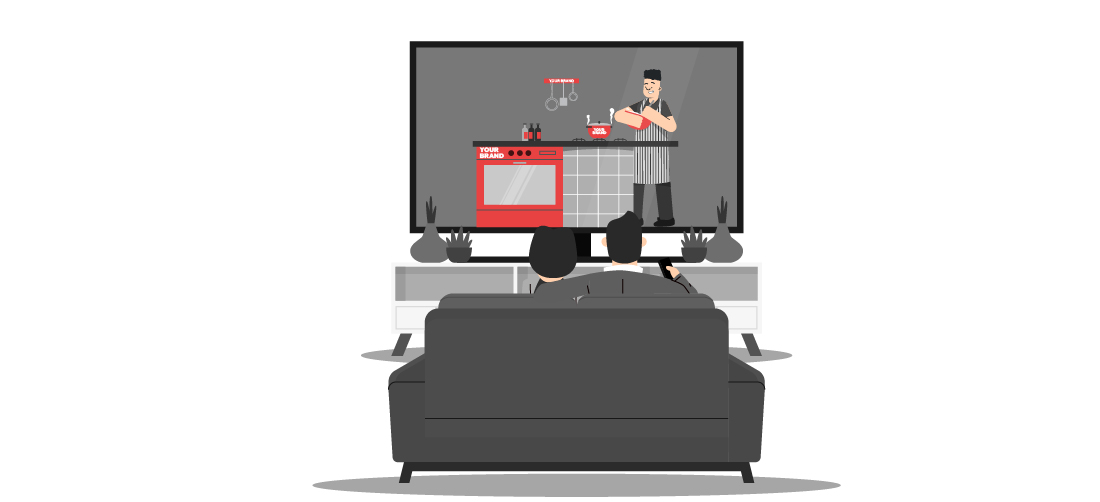Introduction
Covert advertising is a marketing method through which promotional messages are incorporated into content without directly standing out as ads. In an age of content overload, consumers tend to tune out overt advertising, making the covert technique all the more precious. Stealth marketing flourishes on the large and small screens, in social media, and even in news coverage, where the consumer absorbs the message without quite knowing they are being sold to. Its strength is smooth integration, combining brand communication with entertainment or information. With rising consumer skepticism, this type of marketing seems less intrusive and more natural. Whether it's a character sporting a certain smartphone or an influencer mentioning a skincare product in passing, stealthy advertising influences and influences thinking. It's contemporary marketing's subtle persuader, effective, interactive, and frequently unperceived.
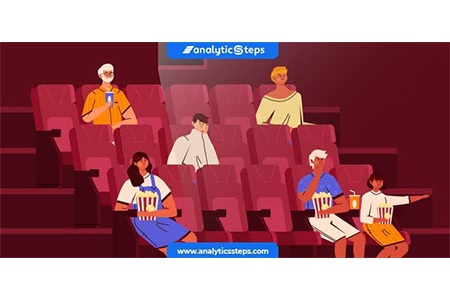
Types of Covert Advertising
Product Placement
Product placement is the process of inserting branded products organically into entertainment material, film, television, or videogames. The product is not disruptive to the audience experience but part of the narrative. Gentle exposure can build brand recognition and popularity without the clumsiness of old-school advertising, allowing brands to engage with audiences on an unconscious level without breaking up story flow.
Native Advertising
Native advertising is designed to match the look and feel of surrounding content so that it is not more intrusive but more interactive. It merges with blogs, articles, or sites without anyone even noticing, bringing value and in the background, promoting a brand. Since it does not disrupt the user experience, native advertising builds greater trust and interest, generating involvement without the viewer ever knowing they are being addressed by a message of marketing.
Influencer Marketing
Influencer marketing capitalizes on the trust and loyalty that influencers have earned from their followers. When a product recommendation or word of mouth is performed by someone known, it is less advertisement-like and more like a genuine recommendation. Such authenticity, coupled with strategic subtlety, makes the influencers strong promoters of subtle advertisement, influencing minds without appearing contrived and artificial in approach.
Brand Integration in Storylines
Brand integration places merchandise or service in the foreground of a plot within a story, producing the effect of realism while promoting a brand indirectly. Brand integration is different from placement because brand integration links the brand to the plot reveal, character choice, or emotional reaction. It's purposeful storytelling whereby the product becomes part of the experience, increasing brand recall and emotional connection without suspending the audience's disbelief.
Importance of Covert Advertising
- Influencing Consumer Behavior: Hidden advertising affects consumer behavior by influencing preference without provoking resistance. It acts below the radar, creating familiarity through continuous exposure in everyday situations. Such an approach tends to circumvent skepticism, quietly nudging purchase choices over time. Through engaging everyday experience and entertainment, it sows ideas that seem natural, guiding consumers toward directions brands desire, without direct persuasion.
- Enhancing Brand Recall: The subtlety is, in fact, sometimes better than a sales pitch. Stealth advertising establishes brand awareness by putting products into emotionally charged or striking visual contexts. Once exposed to the brand later in the marketplace, they are more likely to notice and accept it. This wordless repetition, particularly in media-dense settings, embeds the brand in memory without directly competing for attention.
- Building Emotional Connections: When a brand organically becomes part of an experience or story, it acquires the feelings of the moment. Sneaky advertising exploits this by connecting products with characters, stories, or personalities individuals are emotionally invested in. That emotional bridge carries the brand from yet another product to something familiar, trustworthy, and recognizable, enabling long-term connections over mere transactional interest.
- Evading Traditional Ad Fatigue: Contemporary audiences are bombarded by adverts, jumping and ignoring them along the way. Stealth advertising circumvents this resistance by merging unobtrusively into the material that audiences actually want to see. Since it doesn't shout for attention, it leapfrogs over resistance and allows the message to filter in organically. The outcome is heightened engagement, improved retention, and an advertising procedure that feels novel and subtle.
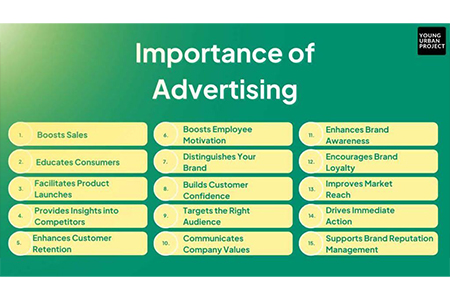
Advantages of Covert Advertising
- Increased Engagement: In integrating messages into things people already like, covert advertising creates more engagement. Users remain engaged since they don't feel "sold to." If it's a beloved character adopting a product or an influencer making a casual reference, the brand is incorporated into the experience. This gentle inclusion maintains attention with a balanced relationship while stimulating interaction much better than interrupting traditional advertising.
- Higher Credibility: Therefore, messages in trusted sources such as content providers, storylines, or information pieces carry more credibility. Underground advertising rides on the trust audiences have for these mediums. When products naturally appear in relevant contexts, they become authentic, rather than promotional, thus increasing confidence in a brand. This can significantly influence the buyer's decision, much more so than in overt, scripted endorsements.
- Wider Reach: Covert advertising leverages entertainment, social media, and digital content to reach wide audiences across various touchpoints. Unlike classical ads subject to form or timing, this form spreads virally through viral content, binge watching programming, and influencer social media. Its subtlety maintains audience engagement, allowing brands the benefit of accessing new consumers without overloading or alienating them.
- Subtlety in Message Delivery: The power of stealth advertising is its subtlety. Messages are imparted in context—usually as a story, a casual reference, or a visual prompt. The subtle integration makes the content look natural and continuous, increasing persuasion without explicit tactics. When properly executed, the audience absorbs the message without opposition, enabling it to shape attitudes with greater long-term impact.
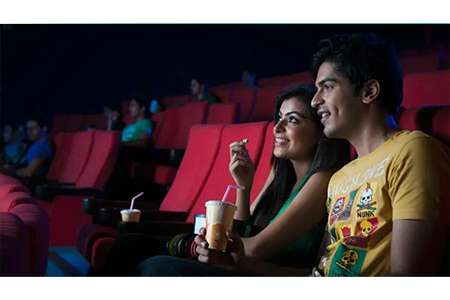
Disadvantages of Covert Advertising
- Ethical Concerns: Hidden advertising is an ethical concern regarding openness and deception. And when audiences themselves do not even know that they are being targeted, it sets the boundary between content and advertisement. This kind of transparency can ruin credibility, particularly when later the viewers feel cheated. Ethical marketing requires transparency, and surreptitious methods potentially trespass it when candor is compromised for insidious influence.
- Legal Implications: Regulatory agencies around the world are paying closer attention to hidden advertising. Much of the world mandates outright disclosure when content is sponsored or has product placements in it. Noncompliance comes with legal consequences and blemished reputations. Content producers and companies need to navigate all of these laws carefully, balancing exposure with that organic quality that makes hidden advertising so powerful to begin with.
- Limited Control Over Messaging: In contrast to direct advertising, hidden campaigns tend to use third-party content creators or narrative mediums. Such an arrangement can limit the control brands have over the delivery and interpretation of their message. A wrongly interpreted scene or out-of-brand representation can water down the intended message. The subtle strategy is captivating but introduces unpredictability, complicating brand consistency across media.
- Risk of Backlash: If viewers are manipulated or find sponsor brand sponsorship they did not expect, stealthy advertising can backfire. Members of the audience may become disenchanted and stage retribution, distrust, or even outrage. Authenticity is key in a transparent world. Brands need to tread carefully, remaining subtle yet avoiding deception. One error can hurt credibility and dilute the success of future campaigns.
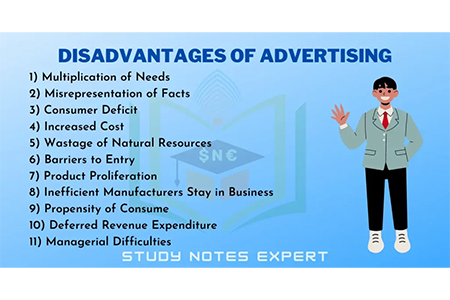
Strategies of Covert Advertising
Storytelling and Emotional Appeal
Narratives have the ability to hit home, especially if they are emotive. Inconspicuous advertising employs narrative to associate brands with the feeling of joy, nostalgia, or optimism. If a product is placed within an emotional narrative, the emotional impact sticks. Such a strategy activates passive observers as emotionally invested consumers, making the brand not just viewed but felt.
Collaboration with Creators
Working with content creators gives brands entry to niche communities. These partnerships offer possibilities for effortless product mentions by trusted, familiar voices. Because creators create for their communities, brand placement is organic and personalized. Authenticity is increased, engagement is intensified, and marketing messages are communicated more subtly and are more apt to be heard using this method compared to traditional marketing techniques.
Leveraging User-Generated Content
User-generated content lends an element of sincerity to stealth marketing. When genuine users post favorable brand experiences in their own words, unscripted, it generates compelling social proof. The natural endorsements seem less like promotion and more like conversations, hence they feel more genuine and credible. Voluntarily engaging audiences in the creation of content also maximizes reach while minimizing overt promotion.
Contextual Relevance
Stealth marketing succeeds when the message is precisely placed in its environment. Whether a high-end vehicle on a blockbuster thriller show or a fitness beverage on a health blogger, the environment has to be congruent with the brand image. Contextual fit makes the promotion look organic, not contrived. This compatibility of product and setting makes the marketing message more convincing and memorable.
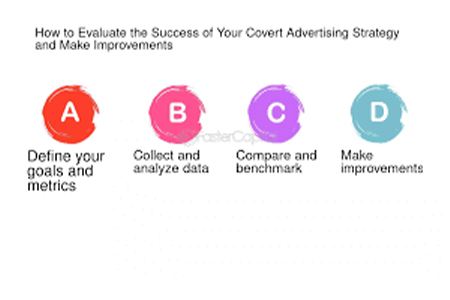
Impact of Covert Advertising
- Enhanced Brand Perception: When thoughtfully integrated, covert advertising can enhance brand perception. Merging engaging content, popular personas, or compelling narratives with a product makes it more positively associated. Gradually, such subtle indicators arise to alter consumers' attitude toward the brand, typically portraying it as more relevant, believable, or desirable. This attitudinal change plays a crucial role in building up a brand in the long run.
- Long-Term Consumer Loyalty: Unlike flash-in-the-pan promotions, covert advertising creates familiarity over time, and intensifies connections. As consumers are repeatedly exposed to a brand in trusted and entertaining situations, loyalty deepens. These repeated exposures subtly influence brand affinity and create an emotional connection that can override transactional rewards. The end result is not only higher purchases but a durable relationship between brand and shopper.
- Increased Sales and Conversions: By influencing consumer choice subtly, covert advertising tends results in greater conversions. When audiences have faith in the source and respond to the message on an emotional level, their probability of purchasing rises. The lack of hard selling eliminates resistance, enabling the product to speak for itself naturally. This subtle influence often produces more substantial engagement and better sales performance across channels.
- Potential Reputation Risks: If really hidden campaigns go out there and get that brand's reputation smeared as manipulative or fraudulent, it is a hard offense to forgive. In terms of promotion, transparency is a must in today's modern digital age, and any hidden promotional activity can rise to induce popular outrage. Any negligence of outreached alignments from that day onwards is sure to go bad virally. Brands must avoid any heat by placing honesty at the forefront of their agenda and making sure their covert strategies never compromise consumer confidence.
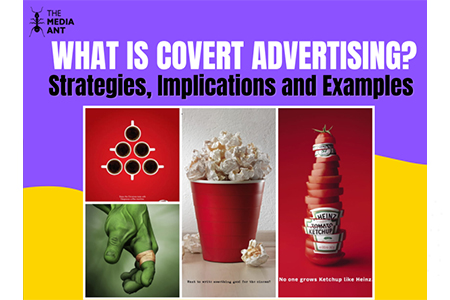
Applications of Covert Advertising
Covert advertising has uses in a variety of industries and mediums. It silently promotes products through movies, music videos, and streaming programs in cinema. Social media influencers employ it to promote services or products in a natural, lifestyle-oriented way. Fashion, technology, food, and cosmetics brands generally use native ads and influencer shoutouts to amplify appeal. Even journalism incorporates some sponsored posts that reflect standard reporting so that the reader can trust it while promoting innocently. Covert strategies are particularly precious in online marketing, where ad fatigue is endemic. From YouTube video posts and podcasts to gaming and consumer-generated reviews, possibilities are vast. Wherever storytelling works, stealth marketing works, unobtrusively affecting perception and driving consumer action without disrupting the user experience.
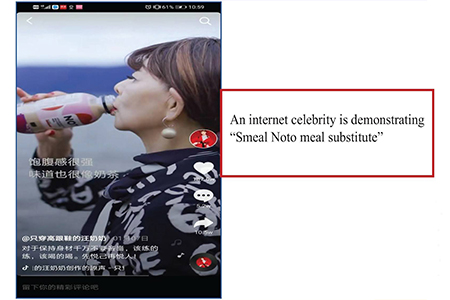
Conclusion
Covert advertising is an effective weapon in today's marketing, blending the subtle with the strategic placement for a potent effect on consumer behavior. In contrast to conventional advertising, which intrudes, it goes along with the content, making the message more acceptable and effective. Its power to evoke emotional connection, build credibility, and break through ad wearout distinguishes it. It also demands ethical responsibility and transparency to the risk of backlash and loss of confidence. Used in a purposeful way, hidden advertising gains long-term rewards: increased involvement, loyalty, and brand awareness. It's more telling that it sells without selling. In an era when authenticity is more crucial than ever, sly advertising thrives by fitting in, tastefully but forcefully influencing the way people interact with brands.
Frequently Asked Questions (FAQs)
Covert advertising promotes a product discreetly within content, whereas overt advertising explicitly states its promotional intention, such as commercials or banners.
Yes, but legality is a function of transparency. Several areas mandate disclosure if content is sponsored, particularly to avoid misleading consumers.
Ensure you look out for overly convenient branded mentions, subliminal product pushes by influencers, or selling of something without calling it a product.
The real issue here is the ambiguity surrounding whether or not content is sponsored, leading to confusion on the audience's part about the legitimacy of the content in question and thereby undermining viewer trust.
Entertainment, fashion, tech, beauty, and food establishments use stealth advertising in a million ways, often through the medium through which their influences discreetly promote their products.


